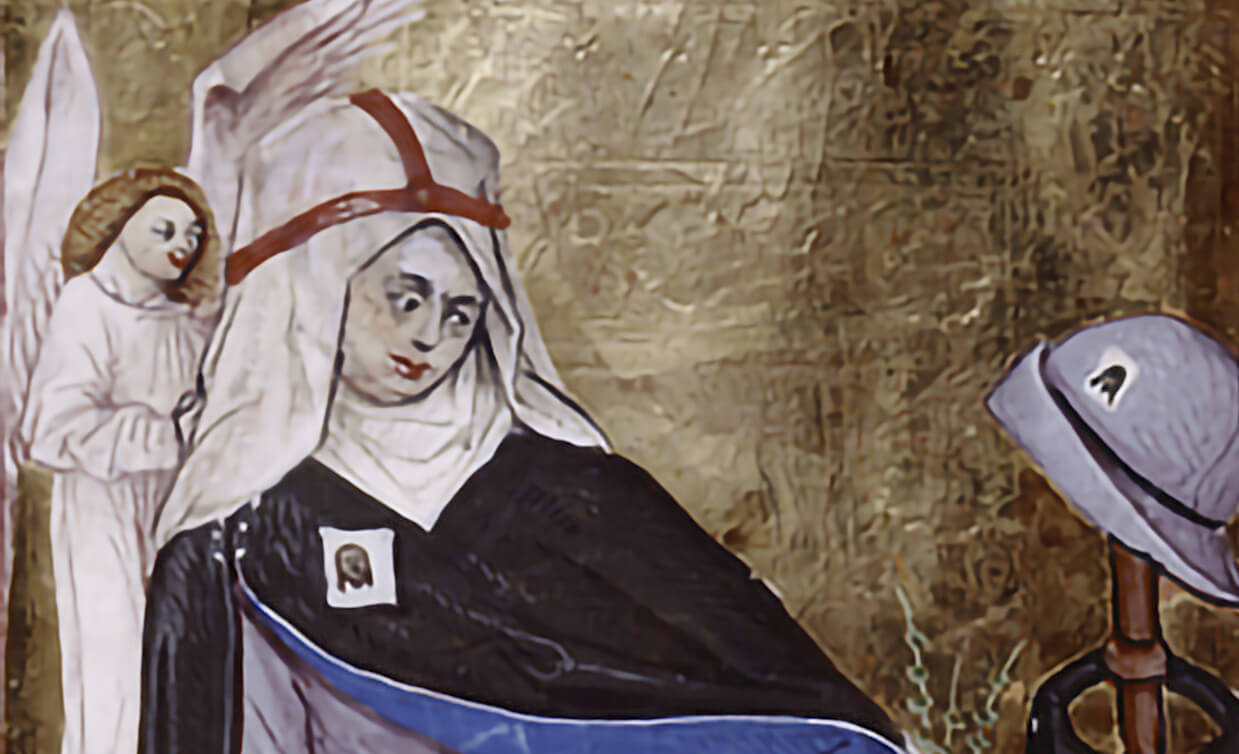What happens when we try to confirm a legend with scientific proof and the tale becomes just that, a legend? This is the story of the attempts to authenticate the remains of Saint Bridget and her daughter Saint Catherine from the relics in Vadstena. According to DNA tests the skulls in the relic casket belong to two unknown females. The relics of these Saints of Sweden are perhaps lost forever.
Saint Bridget of Sweden
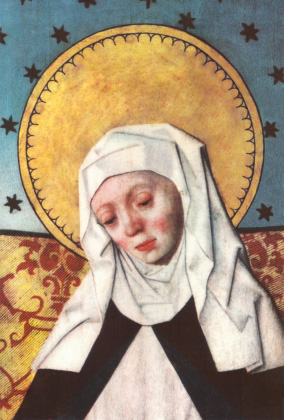
Saint Bridget of Sweden is the most celebrated saint of Sweden and one of the six patron saints of Europe. She was born as Birgitta Birgersdotter of Finsta, but is now known as Bridget of Sweden or Saint Birgitta.
She was the daughter of the knight Birger Persson, and Ingeborg, who was related to the Swedish kings of the era. At the age of 14, Birgitta married Ulf Gudmarsson.
They had eight children, six of whom survived infancy, which was rare in the 1300s. Her second daughter, Katarina, was also venerated into sainthood, as Saint Catherine of Sweden.
Birgitta was known for her works of charity. She founded the Bridgettines nuns and monks after the death of her husband. Katarina accompanied her mother to Rome in 1349 and took charge of the Bridgettines following Birgitta’s death.
Putative skulls of Birgitta and Katarina
After Birgitta’s death in Rome, 1373, her remains were boiled to remove soft tissue and returned to Vadstena, Sweden, where they were placed in a relic casket. When Katarina passed away in 1381, she was originally buried.
Then under the orders of Pope Innocent VIII, her remains were recovered and added to the relic casket in 1489. Over time, relics from other individuals were added, and pieces were also gifted to churches, monasteries and prominent people.
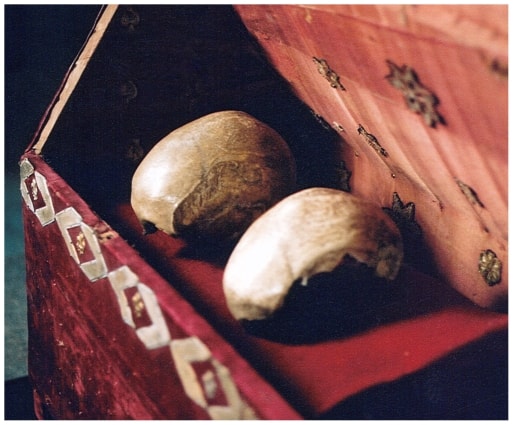
The shrine now holds two skulls and 23 other bones that belong to different individuals. There are records of a third skull that was stolen from the shrine in 1645. However, it was not thought to have belonged to either of the Swedish Saints based on the morphological characteristics (mainly age) of the skull.
An archeological and historical investigation performed in 1952 on the relics concluded that the remaining two skulls belong to Saint Bridget and Saint Catherine.
Genetic analyses of the skulls
In 2010, the parish of Vadstena wished to prove the authenticity of the skulls using genetic analyses. Mitochondrial DNA (mtDNA) was chosen for this analysis, as it is passed down from mother to child along the direct maternal lineage, meaning that a mother and her children have identical mtDNA profiles.
So, if the two skulls really did belong to Saint Bridget and Saint Catherine, they should have identical mtDNA profiles. But that was not the case at all.
Researchers found eight differences when the two mtDNA profiles were compared. This meant that there was no maternal relationship between them. It wasn’t possible that the skulls belonged to a mother and her daughter.
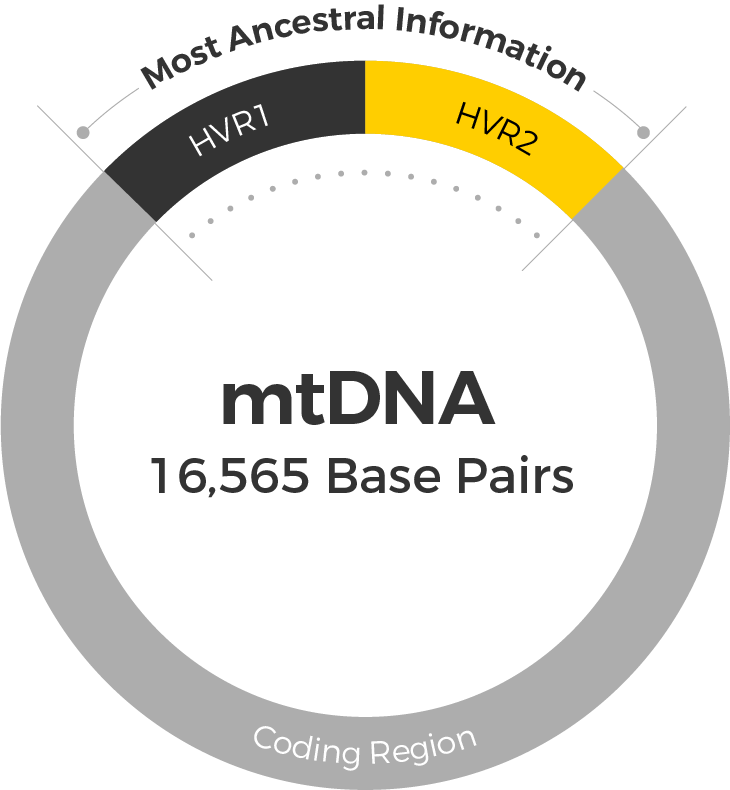
Radiocarbon dating adds to the confusion
To complicate matters further, the researchers also noticed variations in the level and quality of mtDNA between the two skulls indicating that the skulls are of a different age. Radiocarbon analyses dated one skull to the period 1215-1270 AD and the second skull from 1470-1670.
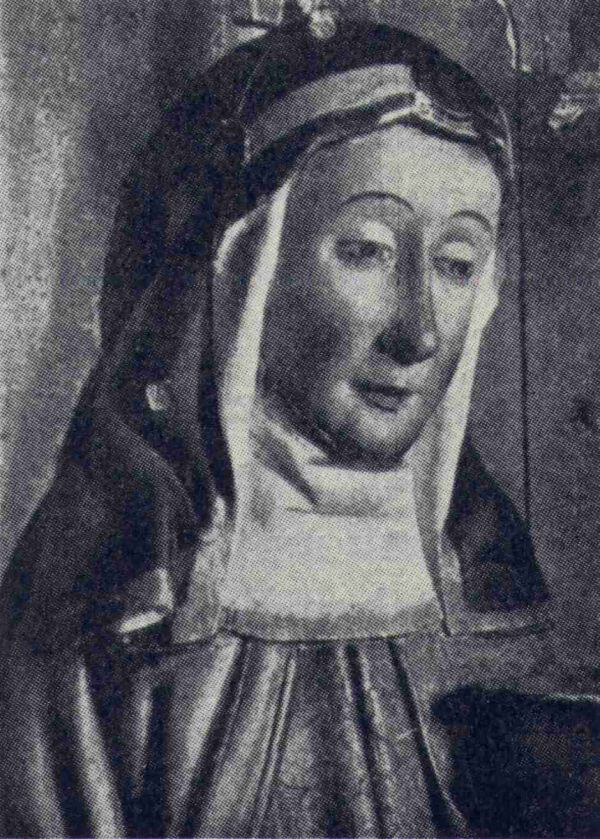
Neither time period coincides with the deaths of Saint Bridget and Saint Catherine. This means that rather than the relics of two Saints, the famous casket of Vadstena actually holds the skulls of two unknown females. The remains of Saint Bridget and Saint Catherine may be lost forever.
Did the skull stolen in 1645 belong to one of the Saints? And who are these mysterious females whose skulls ended up in the shrine of Saint Bridget?
We may never know the answer to these questions. The skulls could belong to other important Roman Catholics, or they could be the remains of a common person if the true skulls of the Saints were stolen and switched at some other point in history.
Either way, we now have the mtDNA profiles of these two females from ancient Sweden. If you have taken the DNA Maternal Ancestry Test you can compare your DNA to see if you have descended from one of the same maternal lineages.
Reference:
Nilsson M et al. (2010) Analysis of the Putative Remains of a European Patron Saint–St. Birgitta. PLoS One. 5(2):e8986.


